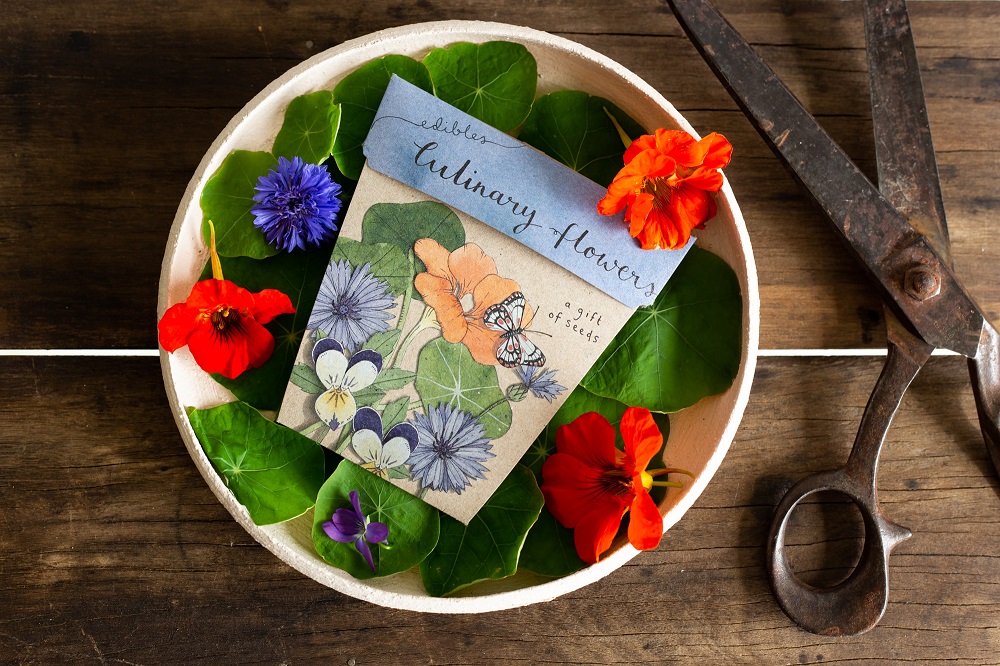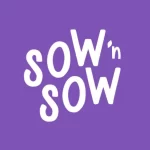Edible flowers are set to be the biggest culinary and garden tend this season. No longer limited to being used as a vibrant garnish, this revived trend is seeing chefs and home cooks experiment with edible flowers in a variety of sweet and savoury dishes.
If you’re keen to try this current culinary trend, here are five multi-functional edible flowers that not only look beautiful in the garden but can be incorporated into your kitchen creations.
Warning: never eat any plant or flower that has been sprayed with pesticides or chemicals. Only consume organic, pesticide-free edible flowers and plants.
5 edible flowers to grow in your garden
Marigolds
Most marigold varieties look that same, but not all are tasty. For the best flavour, use French, Gem or Mexican Mint varieties. These varieties have a slightly spicy and bitter flavour similar to rocket but with hints of mint and tarragon.
To cook with marigolds, simply pull off the petals and remove any green or white parts then add the petals to your dish. Marigold petals are a delicious addition to salads, stir-fries, quiches, dressings, bread, basic biscuits or used as a garnish.
Shop marigold seeds here
Cornflowers
A native plant to the Middle East, Cornflowers is known for their medicinal, culinary and cosmetic properties. The vibrant blue flowers have a slightly spicy, clove-like flavour with a subtle sweetness. This versatile, neutral flavoured flower goes well in all kinds of savoury and sweet dishes. To use as a garnish simply separate the petals and sprinkle them over your dish or use the whole flower as is in fancy drinks and on cakes.
Shop cornflower seeds here
Nasturtiums
Nasturtium is one of the most multi-functional plants you can grow. All parts of the nasturtium plant are edible and have a distinct peppery flavour varying in intensity. With an aroma similar to mustard, nasturtium flowers carry a slightly peppery flavour with hints of sweet nectar. The leaves have a heavier peppery flavour reminiscent of rocket, watercress or radishes, and the seeds have the strongest flavour and are often used as a substitute for pepper.
Both the leaves and the flowers of the nasturtium plant are packed with beneficial vitamins and minerals. The leaves are high in vitamin C, iron, and antioxidants including Lutein, and the flowers contain vitamins B1, B2, B3 and C, manganese, iron, phosphorus and calcium.
Shop nasturtium seeds here
Violas
One of the most beautiful edible flowers, violas have long been sprinkled over salads or added to desserts. These delicate and perfumed buttery flowers have a subtle spearmint flavour. To crystallise, gently brush with egg white and scatter castor sugar over them. Leave them to dry for two hours and use to decorate biscuits and cakes.
Shop viola seeds here
Chamomile
Both chamomile leaves and flowers are edible but differ in taste. The daisy-like flowers that taste vaguely like apples can be used to decorate cakes or make a calming tea, while the leaves that have a mild herbaceous taste make a great addition to salads. To make chamomile tea, simply place a few freshly pick flower heads in hot water and steep for a few minutes.
Shop chamomile seeds here
Growing edible flowers in your garden is not only delightful but experimenting with them can bring so much joy and add unique flavours to your cooking.




